The growth of hybrid shooting has meant that photographers aren’t just photographers anymore. They’re videographers, as well. Many working professionals, such as wedding photographers, see an increased demand for video from their clients. This means they need a camera that can do both jobs in one body. And for the most versatility, they’ll want a camera that can shoot 4K video at 60fps. Shooting at this frame rate gives your footage smoother movements and more detail. To help you choose, we’ve rounded up which cameras shoot 4K video at 60fps.
Why shoot 4K video at 60fps?
The standard playback for video is 29.7fps, so why would you want to shoot at 60fps? Essentially, because it gives you more flexibility. Footage captured at 60fps gives you smoother playback at 29.7/30fps, and it also gives you the option to produce slow-motion footage.
At 60fps, it’s only half speed, but the slow-motion effects you can produce are still quite cool!
If you try slowing down your 4K video shot at 30fps, you’ll notice that it looks less fluid, kind of staccato – to borrow a musical term – whereas slowed-down footage captured at 60fps has more frames and looks smoother.
Think of it this way: if you record 1 second of 4K video at 60fps, you are capturing double the number of frames you would capture at 30fps. So when you slow your 4K 60fps video down to half speed, that 1 second stretches out to 2 seconds.
The best cameras for shooting 4K @ 60fps video
So, which cameras shoot 4K video at 60fps? To help with your filmmaking, we’ve rounded up the best consumer cameras for 4K 60p footage. You’ll see a mix of new and older cameras on this list. We’ve included older cameras like the Panasonic GH5 because they are still quality, viable cameras and available at a very reasonable cost. For a deeper dive into the many different camera types and features available, check out our range of camera buying guides.
Panasonic S5 II
Panasonic has been shifting its focus towards video rather than stills in recent years. So it comes as no surprise that the Lumix S5II delivers a huge step up in video features compared to the original S5. The S5 II can record 4:2:0 10-bit 6K (3:2) or 5.9K (16:9) footage at 30fps or 4:2:2 C4K and 4K video at up to 60fps internally.
Crucially, Panasonic has developed a new heat management system with an internal fan that enables unlimited recording times if you have the storage capacity and power.
There’s also HFR (High Frame Rate) recording at up to 120fps and Slow & Quick mode at up to 180fps – both in Full HD.
V-Log and V-Gamut are installed as standard rather than as a paid extra, plus there’s a new Real Time LUT function that enables colour grading LUTs to be uploaded to an SD card and applied in-camera.
Experienced videographers will also be pleased to see that a Waveform Monitor, Vector Scope and Zebra Pattern are available along with System Frequency (24.00Hz) and Synchro Scan (for setting precise shutter speeds).
What’s more, you’ll find 3.5mm ports for connecting an external microphone and headphones, while an XLR mic can be connected via the optional DMW-XLR1 adapter. Also, the S5 II has a full-size HDMI port for connecting external devices like a monitor/recorder.
Get the latest deals on the Panasonic S5 II at Amazon UK and Amazon US.
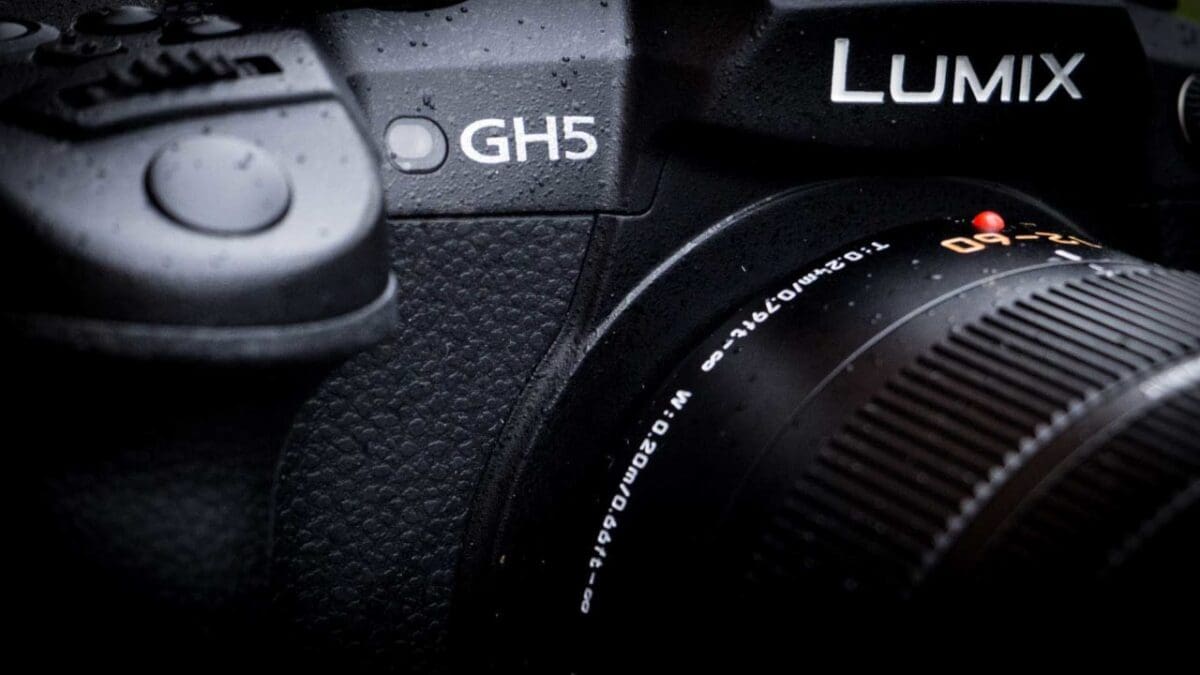
Panasonic GH5
Videographers will be pleased to learn that there’s unlimited 4K video recording – most cameras can only record in bursts of up to 29minutes and 59 seconds. There’s also a choice between MOV, MP4, AVCHD Progressive and AVCHD formats at a variety of frame rates, the system frequency can be set to 59.94Hz, 50.00Hz or 24.00Hz.
With GH5 it’s possible to shoot 4096 x 2160 4K at 24p (or 3840 x 2160 4K at 60p, 50p, 30p, 25p, 24p with no cropping), 4:2:2 10-bit Full HD (1080p) recording and 4K 4:2:2 10-bit ALL-Intra MP4/MOV (apart from at 60/50p) and Full HD 4:2:2 10-bit ALL-Intra recording. The step-up from 8-bit to 10-bit recording vastly increases the range of colours that can be recorded.
In addition, there’s a Waveform Monitor and Vector Scope to meet the needs of professional videographers. This embeds SMPTE-compliant Time Code with Rec Run or Free Run counting to aid with multiple device synchronisation.
A firmware update has also added high-resolution Anamorphic Video Mode and Hybrid Log Gamma for 4K HDR Video (for playback on HDR compatible televisions).
It’s also possible to add V-LogL recording via an optional software key (DMW-SFU1), with LUT (Look Up Table) and V-LogL View Assist to help experienced videographers get the colour and contrast they want.
Further good news for video shooters is that the GH5 can output live to an external recorder and simultaneous internal (there are dual SD card ports) and external recording is possible. Plus there’s an optional adaptor (DMW-XLR1) to allow an XLR microphone to be used for sound recording.
Get the latest deals on the Panasonic GH5 at Amazon UK and Amazon US.
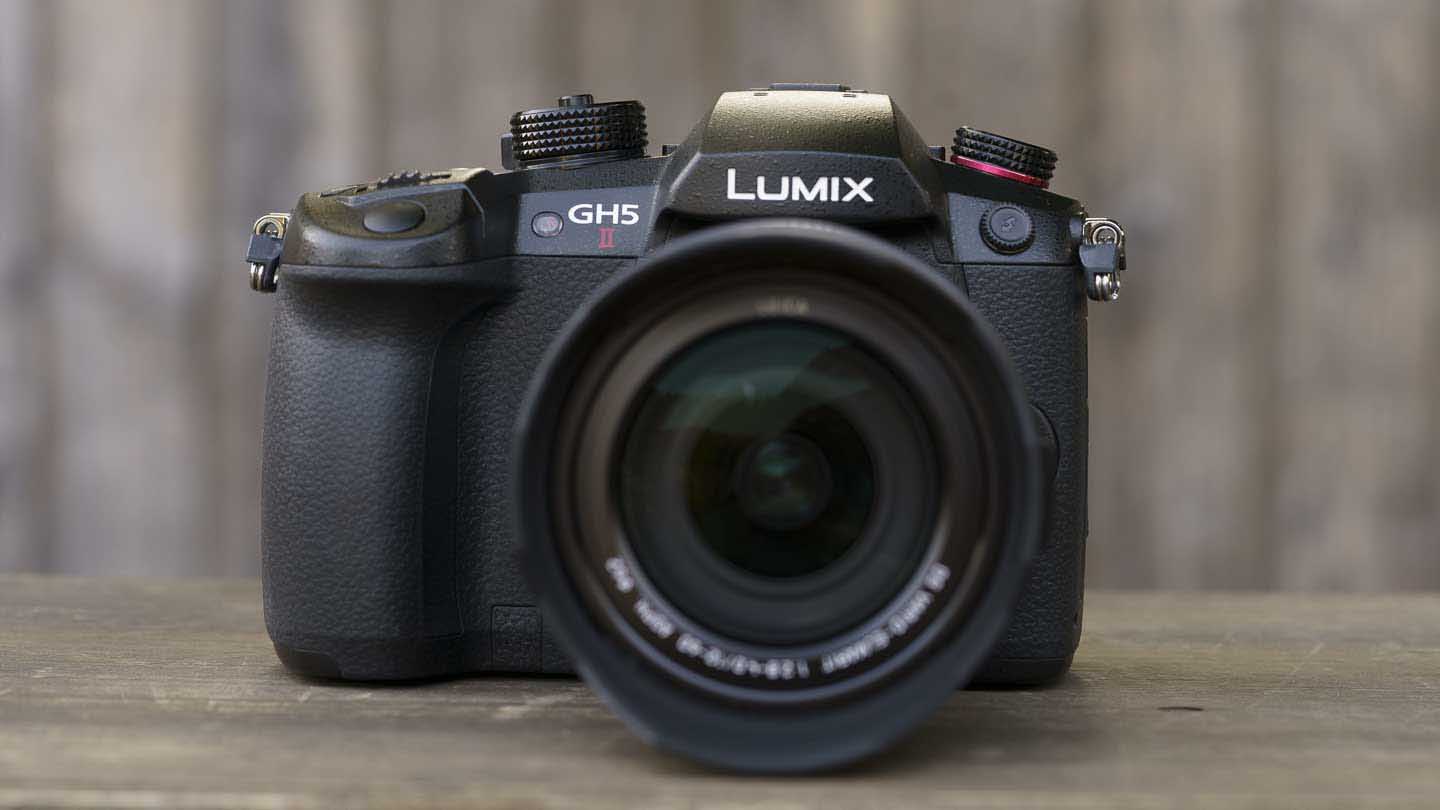
Panasonic GH5 Mark II
The Lumix GH5 II is the latest in the GH series of mirrorless Micro Four Thirds cameras from Panasonic, however, the company has announced that the GH6 is in development and that the GH line is splitting in two. Panasonic will pitch the GH6 towards serious filmmakers looking for a small camera while the GH5 II is designed for keen content creators, those who are serious about their photography and producing videos for YouTube, but that don’t need all the more advanced features of the GH6.
As its name suggests, the Panasonic GH5 II is an upgrade to the Panasonic GH5, which dates from January 2017 and has been incredible popular amongst videographers.
Inside the Panasonic GH5 II is the same 20.3Mp sensor as is inside the GH5 but it has new AR (Anti-Reflective) coating that reduces flare and ghosting. It’s also coupled with the Venus Engine 10 processing engine that’s in the Panasonic Lumix S1H – the company’s full-frame video-centric mirrorless camera.
This combination enables the GH5 II to capture 10-bit 4:2:0 C4K (4096 x 2160) video at up to 60fps and 200Mbps or 10-bit 4:2:2 C4K at up to 30fps and 400Mbps. If an external recorder is connected via HDMI, it’s also possible to record C4K 4:2:2 10-bit 60p video externally while simultaneously recording in 4:2:0 to the card in the camera. There’s also a selection of 4K and 6K anamorphic modes.
Although the GH5 II cannot shoot raw video, V-Log L is pre-installed which means that it’s possible capture very flat footage that’s well-suited to grading. Helpfully, there’s a Log Assist mode so you can assess the footage more easily when you’re shooting in V-Log L. It’s also possible to display a waveform or vector scope to guide exposure.
Get the latest deals on the Panasonic GH5 Mark II at Amazon UK and Amazon US.
Panasonic GH6
There’s a huge range of video options and combinations available with the GH6, but the headlines are 5.7K 30p video in ProRes 422 HQ and ProRes 422, recording internally to a CFexpress Type B card. This is the first time that a CFexpress card has been seen in a Micro Four Thirds camera.
The GH6 is also capable of 5.7K 4:2:0 10-bit 60p/50p and 5.8K 30p/25p/24p 4:2:0 10-bit anamorphic 4:3 recording, using the whole sensor. In addition, 4:2:2 10-bit Cinema 4K 60p can be recorded internally while 4:2:2 10-bit Cinema 4K video at 60fps is simultaneously recorded over HDMI.
Alternatively, 4:2:0 10-bit 4K 120p (equivalent to 5x slow motion) and 4:2:2 10bit FHD 240p HFR (High Frame Rate) footage can be recorded with audio for creative speed ramping. VFR (Variable Frame Rate) recording can also be recorded with a FHD maximum of 300fps (equivalent to 12.5x slow motion) for more dynamic videos.
What’s more, 4K video at 120fps in Apple ProRes raw is now possible over HDMI, along with a number of new internal recording options, thanks to a Panasonic GH6 firmware update coming in July 2022.
Find the latest deals on the GH6 at Amazon UK and Amazon US.

Canon EOS R8
The Canon EOS R8 offers an impressive suite of video capabilities, especially considering its entry-level position in the full-frame mirrorless range. It can shoot uncropped 4K video at up to 60p, providing excellent quality derived from 6K capture. This ensures that the video quality is not compromised by sensor cropping, providing users with high-resolution footage that is ideal for both professional and enthusiast videography.
The EOS R8 also combines the sensor and autofocus advancements from its higher-end counterparts in a more compact and affordable body, making it an attractive option for those entering the realm of full-frame videography.
Overall, its video features make it suitable for a variety of applications, from vlogging to more serious filmmaking projects, offering flexibility and quality in a user-friendly package.
Find the latest deals on the Canon EOS R8 at Amazon UK and Amazon US
Canon EOS R10
The Canon EOS R10 can capture high-resolution 4K video at 60p, with a crop, and 4K at 30p, downsampled from 7K for the highest possible image quality. It also features 1080p recording at 120p for slow-motion effects, utilizing the full sensor width, which enhances its versatility in various shooting conditions.
The ability to shoot 4K from a higher resolution source ensures detailed and sharp footage. Additionally, the EOS R10 can capture 1080p at 120p, perfect for creating smooth slow-motion effects. Its use of the full sensor width in these modes allows for greater creative flexibility and better image quality.
The camera’s combination of a high-resolution sensor, advanced processing power, and robust video capabilities makes it an excellent choice for content creators who require both excellent still photography and superior video recording in a single device
Find the latest deals on the Canon EOS R10 at Amazon UK and Amazon US.
Nikon Zf
The Nikon Zf brings a classic design to the modern mirrorless market, equipped with the latest Expeed 7 processor. Its video capabilities are robust, offering 4K/60p video derived from 6K capture, along with 10-bit N-Log recording, catering to filmmakers who prioritize both style and substance. This capability is particularly beneficial for filmmakers who need to capture crisp, detailed images without compromising on dynamic range or color accuracy.
The camera incorporates Nikon’s latest Expeed 7 processor and features such as 3D Tracking AF, enhancing its performance in video capture. The combination of its stylish design and advanced video features make the Nikon Zf a unique offering in the market, appealing to photographers and videographers who value both aesthetics and performance. It’s suitable for a variety of uses, from professional video production to high-quality content creation.
Find the latest deals on the Nikon Zf at Amazon UK and Amazon US.
Fujifilm GFX100 Mark II
The Fujifilm GFX100 Mark II is a powerhouse in the medium format category, allowing internal recording of 4:2:2, 10-bit Apple ProRes, and via HDMI, it supports 12-bit 4:2:2 Apple ProRes RAW or Blackmagic RAW at up to 8K/30p. At 4K/60p, it utilizes the full width of its large 55mm sensor, ensuring exceptional video quality and seamless post-production workflow.
Find the latest deals on the Fujifilm GFX100 Mark II at Amazon UK and Amazon US.
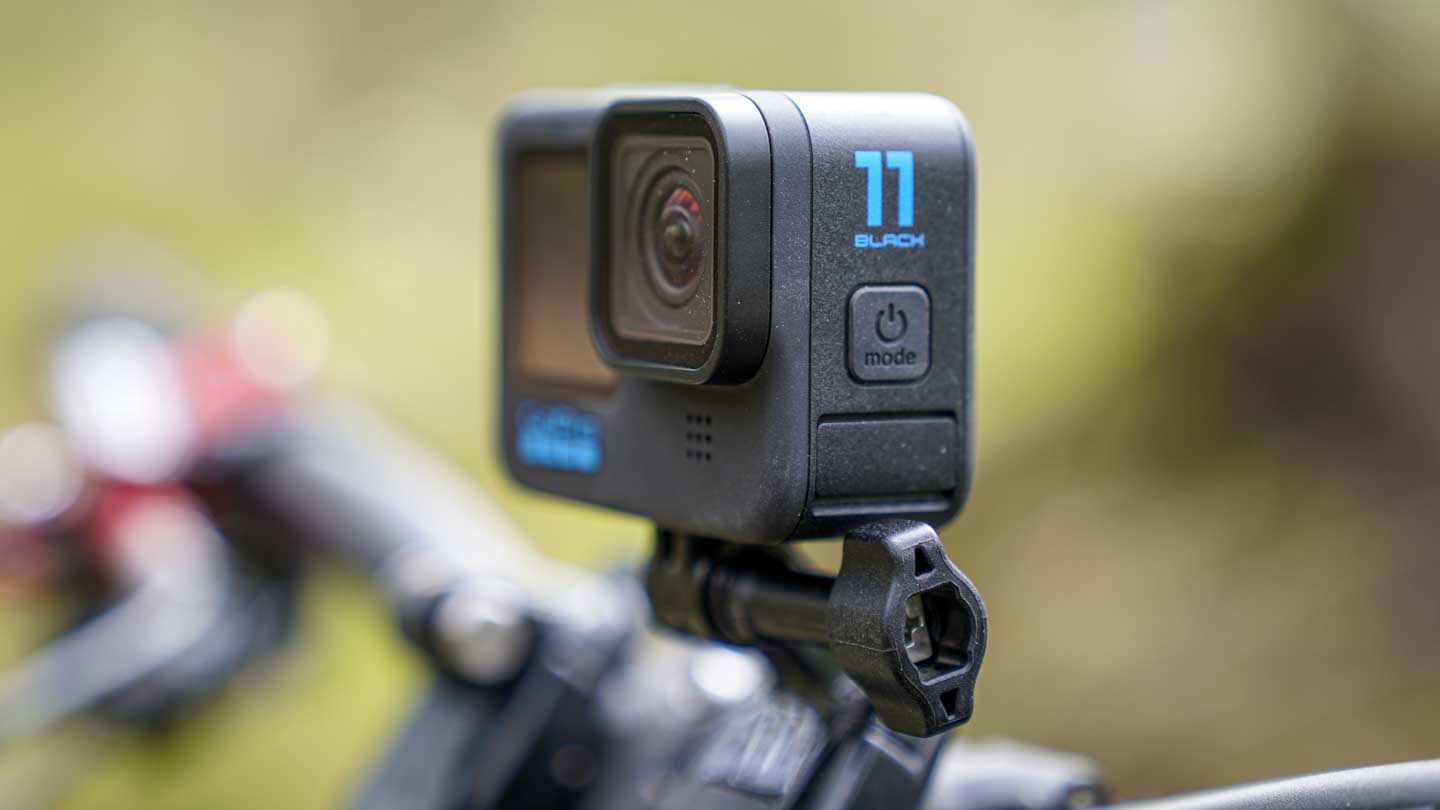
GoPro Hero11 Black
Like clockwork, GroPro launched the Hero11 Black in September 2022 and like its recent predecessors, the best action camera you can buy shoots 4K video at 60fps, among a host of other resolutions and framerates (including 4K at 120fps).
While framerates and resolution remain largely the same on the Hero11 Black as they were on the Hero10, you’ll find that a larger sensor makes all the difference regarding video quality and low light performance.
Video quality is notably better than previous releases, with more detail, tone and colour retained in lower light conditions. The ability to film at 10-bit high quality does push the file sizes up and reduces battery life slightly, but it is well worth it for the boost it gives to dynamic range and the smoothness of motion, especially as the pace picks up.
And as always, GoPro’s HyperSmooth redefines what’s possible with digital stabilisation technology and provides an amazing smoothness for professional-quality video.
Find the latest deals on the GoPro Hero11 Black at Amazon UK and Amazon US.

GoPro Hero10 Black
With the Hero10 Black you get a giant upgrade in the form of a new GP2 processor, promising more power and a boost to framerate options, HyperSmooth 4.0, Auto file uploads, more Mods and upgrades rather than a major uplift in video resolutions.
In the Hero9 Black, 4K at 60fps is the setting that really replaced 1080p at 60fps, and that option remains with the Hero10 Black. The footage looks great, and there’s plenty of quality here.
The top resolutions from the Hero9 Black also remain at 5.4k and 4k. Instead, there’s a major boost in framerate, and to be honest, this is more useful (and more fun) for the majority of GoPro users. In the Hero10 Black, 5.4K is boosted to 60fps and 4K to 120fps. This essentially means that with the 4K footage, you can record 5 seconds of footage and play that back over 20 seconds with beautifully smooth motion.
New HyperSmooth 4.0 is available in 5.3K @ 30fps, 4K @ 60fps and 2.7K @ 120fps. The in-camera horizon levelling has also been boosted with a tilt limit increase from 27º to 45º when shooting in 4K60, 2.7K120 and 1080p120.
When you compare the Hero10 Black’s 4K at 30fps footage against 60fps, it’s hard to see the difference in the quality. 30fps at 4K from the GoPro Hero10 Black is just superb, with plenty of detail, good balanced colour and ideal for anyone wanting to shoot a vlog, blog or anything of that type.
Get the latest deals on the GoPro Hero10 Black at Amazon UK and Amazon US.
Sony A7 IV
Provided you’re happy to shoot in Super 35mm mode (ie with an APS-C crop), the A7IV is capable of shooting 4K video at 60p. If you want to use the full sensor area then the frame rate for 4K video drops to 30p, but this can be shot with 7K oversampling.
There’s also 10-bit depth 4:2:2 colour sampling, XAVC S-I intra-frame encoding for more efficient editing workflows and XAVC HS for better compression efficiency.
According to Sony, thanks to the A7IV’s heat-dissipating design, it’s possible to record 4K 60p 10-bit 4:2:2 video continuously for over an hour.
The 5-axis image stabilisation system which is claimed to offer 5.5EV shutter speed compensation also has an ‘Active Mode’ that is designed for use when shooting video and crops the image slightly.
Videographers who want to nail the look of their movies in-camera can make use of the A7IV’s Creative Look presets or S-Cinetone mode while those wishing to grade their video post-capture can use S-Log 2 or S-Log3 to maximise the dynamic range of the footage, but there’s no raw recording option.
Get the latest deals on the Sony A7 IV at Amazon UK and Amazon US.
Sony A7R V
With the A7R V, Sony made some significant improvements to the video capability of its high-resolution A7 series camera. The biggest headline is that it can record 8K video at 24/25p with a 1.2x crop or 4K video at up to 60/50p also with a 1.2x crop and 4K video at up to 30p with no crop. There’s also the option to shoot 4K video downsampled from 6.2K with no pixel binning. This is all quite a jump up from the A7R IV, which was limited to 4K at 30p.
The A7R V also supports the MPEG-H HEVC/H.265 codec, along with all intra recording and 10-bit 4:2:2 colour.
Sony’s updated subject recognition system and real-time tracking are also available in video mode and there’s breathing compensation feature that we saw introduced with the Sony A7 IV.
It’s also worth noting that the A7R V’s IBIS works during video mode, but there’s also a (digital) in-body Active mode for the image stabilisation.
Get the latest deals on the Sony A7R V at Amazon UK and Amazon US.
Sony A6700
The Sony A6700 is a mid-range mirrorless camera that packs a punch in video performance. It supports 4K video recording up to 60p from 6K capture and up to 120p from a 1.58x crop, providing versatility in both high-resolution and high-frame-rate filming.
The camera captures video in 10-bit precision with 4:2:2 or 4:2:0 colour, offering more flexibility for log footage and full HLG HDR video. These features make the A6700 an appealing option for filmmakers looking for a balance of quality and performance in a compact form.

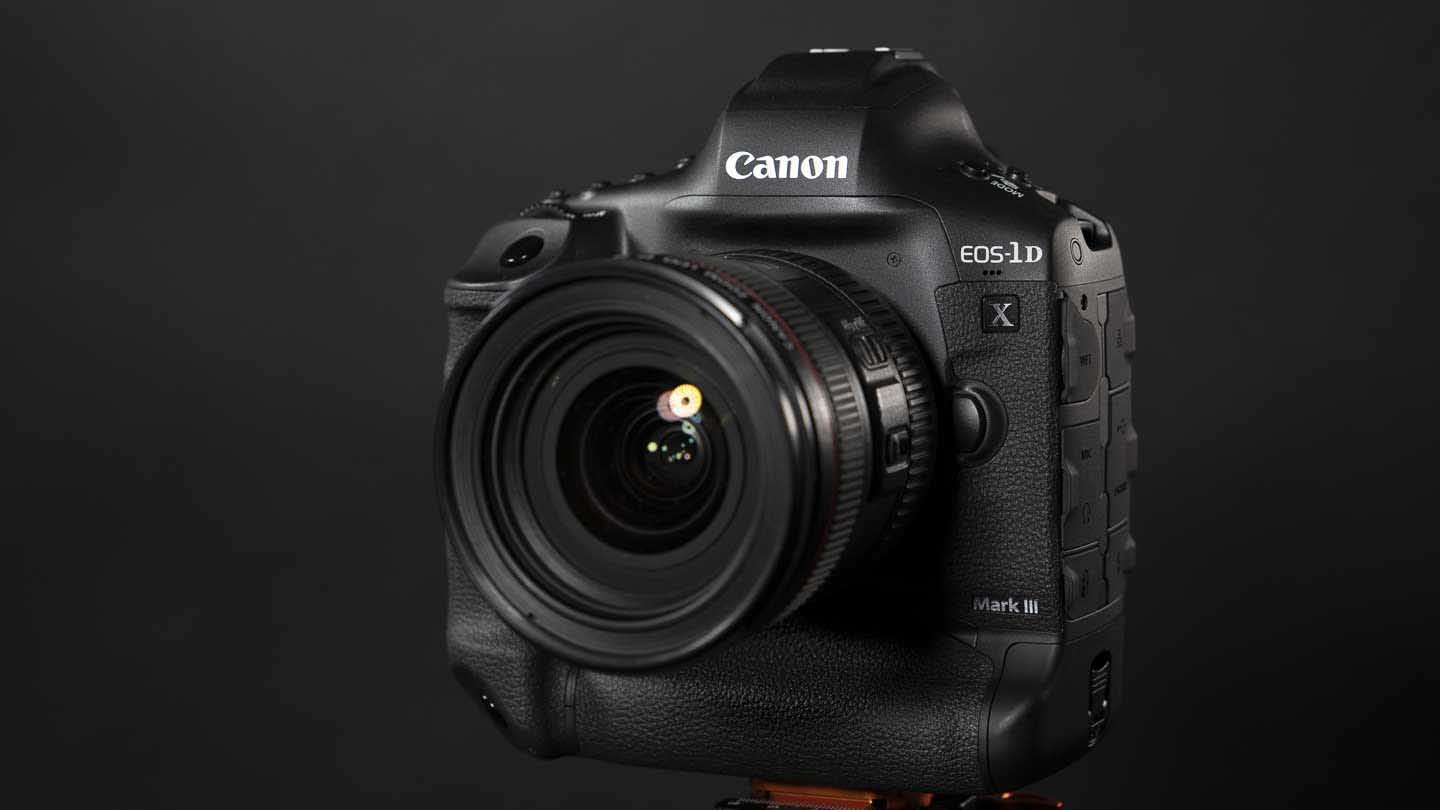
Sony Xperia Pro-I
Sony’s Xperia Pro-I offers a lot of stunning features, but for videographers it provides not only the option to shoot 4K video at 60p but the ability to shoot in 4K at 120fps for slow-motion playback. For this latter option, the Xperia Pro-I shoots 4K video at 120fps with the 24mm camera and both the 24mm and 50mm cameras have Optical SteadyShot stabilisation for stills and video while the 16mm camera has electronic stabilisation.
Sony supplies the Xperia Pro-I with the Photo Pro app installed to facilitate shooting stills while video can be shot using either the Video Pro or Cinema Pro apps. Video Pro gives a good level of control but Cinema Pro is provided for more professional work.
Although the Sony Xperia Pro-I has 512GB of internal storage, it also has a microSD card port that can accept cards of up to 1TB capacity.
Get the latest deals on the Sony Xperia Pro-I at Amazon UK and Amazon US.
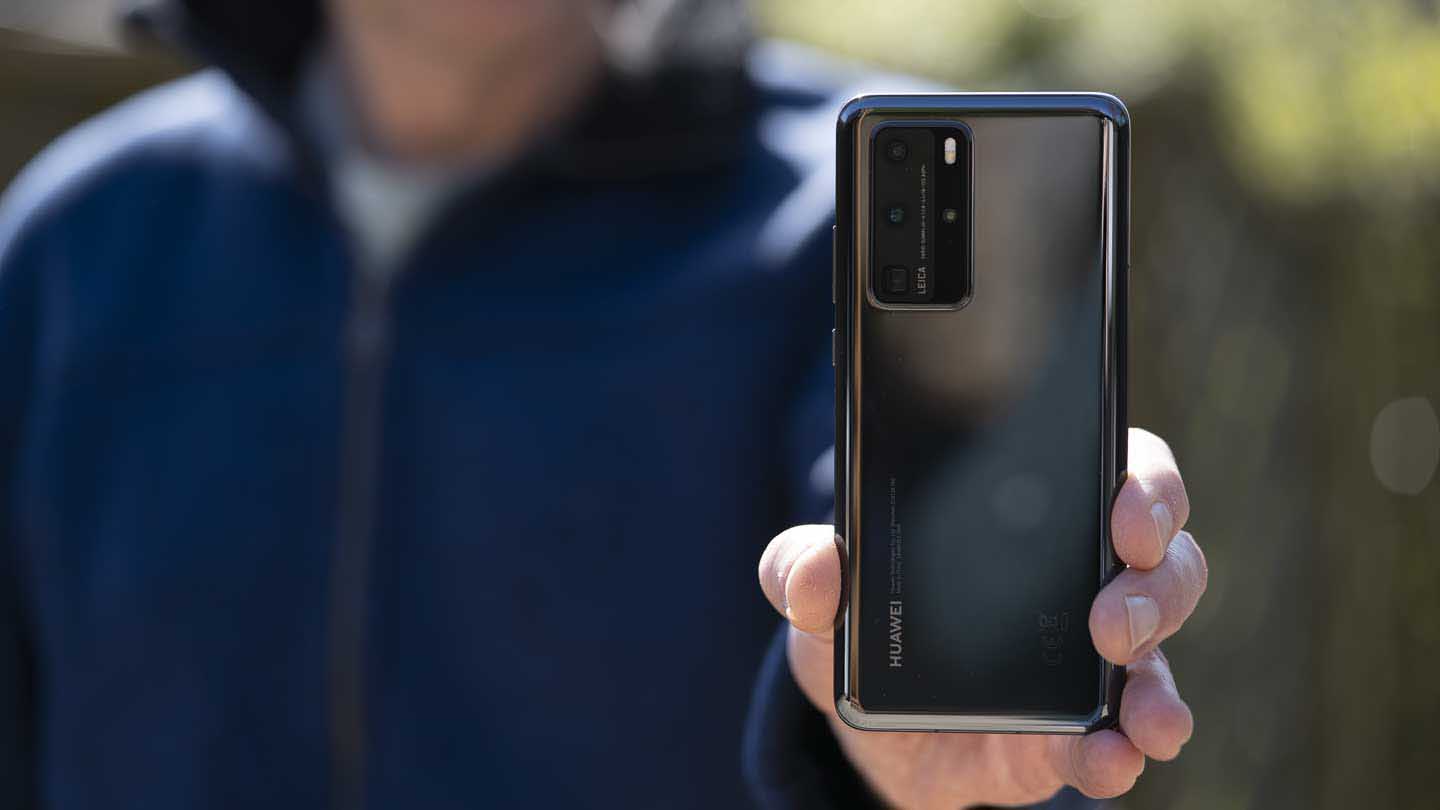
Huawei P40 Pro
The Huawei P40 Pro produces arguably the best image quality of any smartphone in the world, and for the first time a Huawei smartphone camera can shoot 4K video at 60fps.
In our tests, the Huawei P40 Pro shows it is capable of producing high-quality video, and the 4K results are a marked improvement upon the P30 Pro’s.
Like the P30 Pro, the Huawei P40 Pro has a four-camera system and again it’s produced in collaboration with Leica. For the P40 Pro, Huawei and Leica have created a Vario-Summilux-H 1:1.8-3.4/18-125 ASPH camera system. That means that there’s an effective focal length range of 18-125mm and a maximum aperture of f/1.8 at the widest point and f/3.4 at the telephoto point.
Get the latest Huawei P40 Pro deals at Amazon UK and Amazon US.
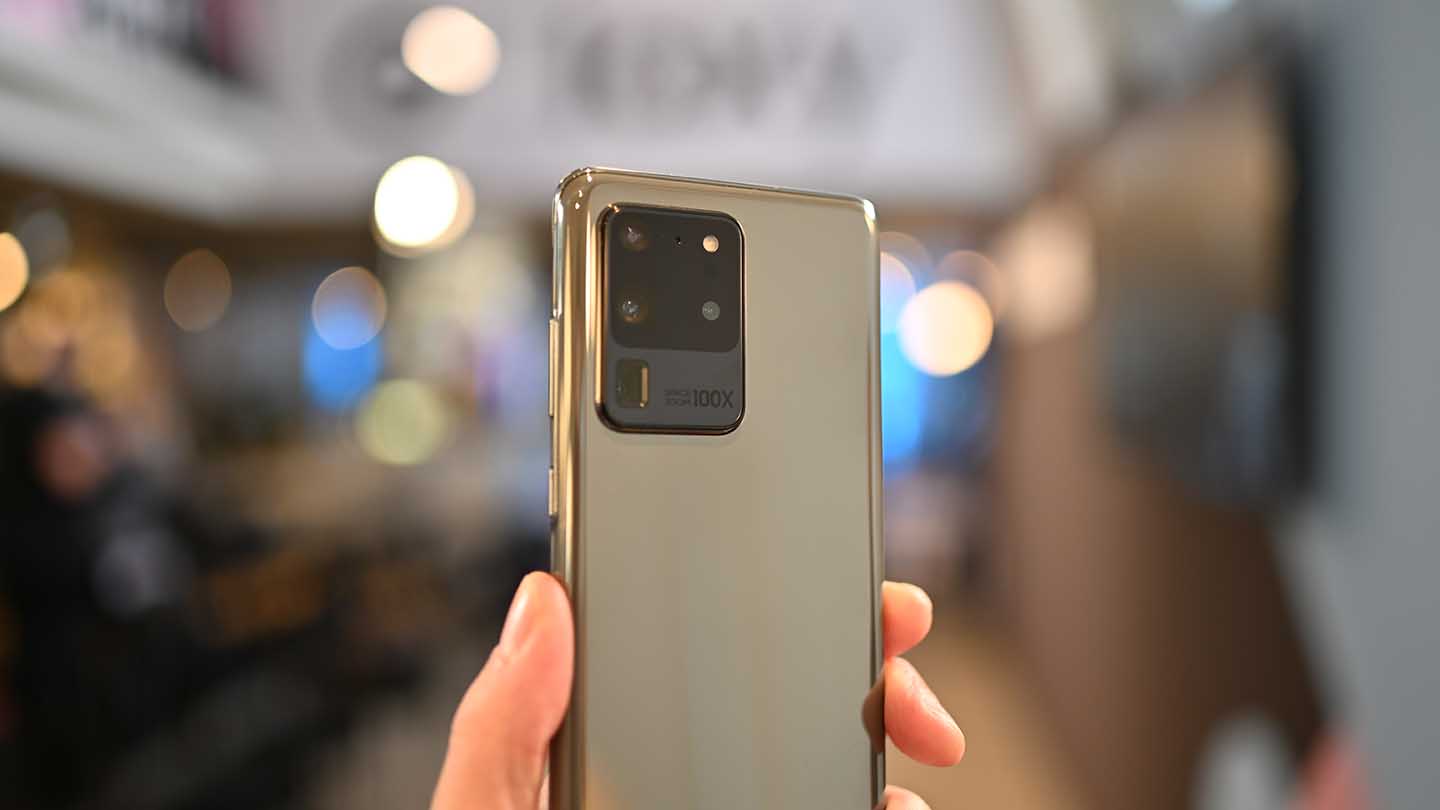
Samsung Galaxy S20 Ultra
In some ways, the Samsung Galaxy S20 Ultra is arguably the best smartphone for video. That the S20 Ultra adds 8K video recording at 30fps from its 108MP main camera made most of the headlines, but Samsung’s flagship smartphone camera also shoots 4K video at 60fps.
Galaxy S20 Ultra users can also now film in Pro Mode. This means you have all of the same controls that you would were you filming with a DSLR.
Another interesting feature for videographers is the S20 Ultra’s zoom-in mic. The Galaxy S20 Ultra’s microphone will effectively zoom in 6x to seek audio, and then follow that sound. This might be useful, for instance, if you were filming a live band or a speech at a wedding, and wanted to eliminate the background noise around you.
The Galaxy S20 Ultra’s quad camera array on the rear of the S20 Ultra comprises a 12-megapixel ultra-wide camera, 108-megapixel wide-angle camera, 48-megapixel telephoto camera and a depth vision camera.
Get the latest Samsung Galaxy S20 Ultra deals at Amazon UK and Amazon US.
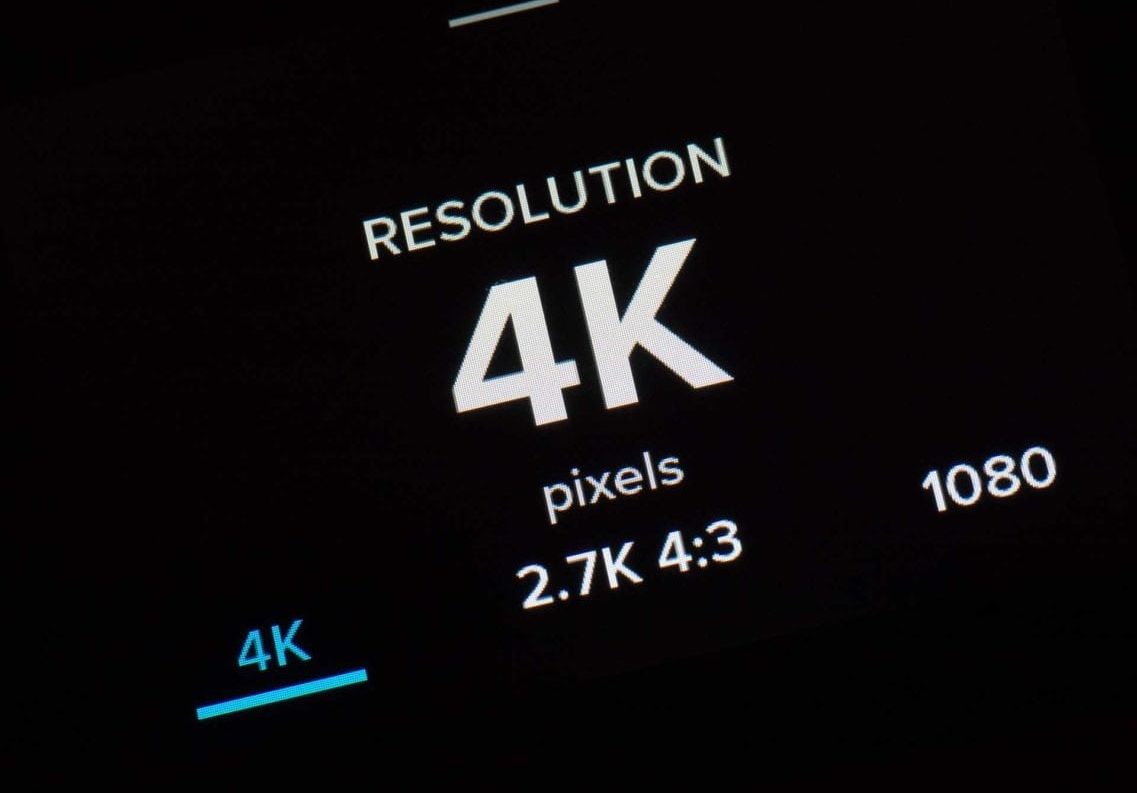
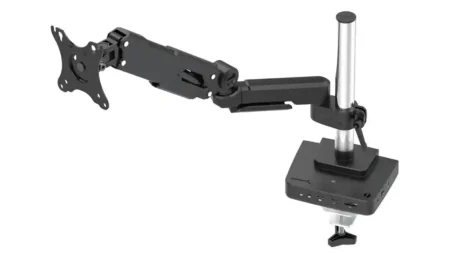

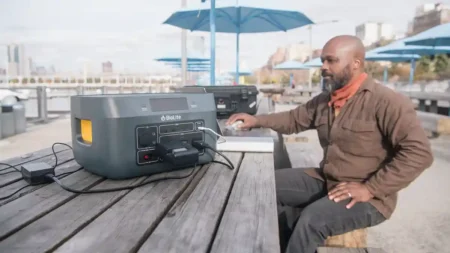
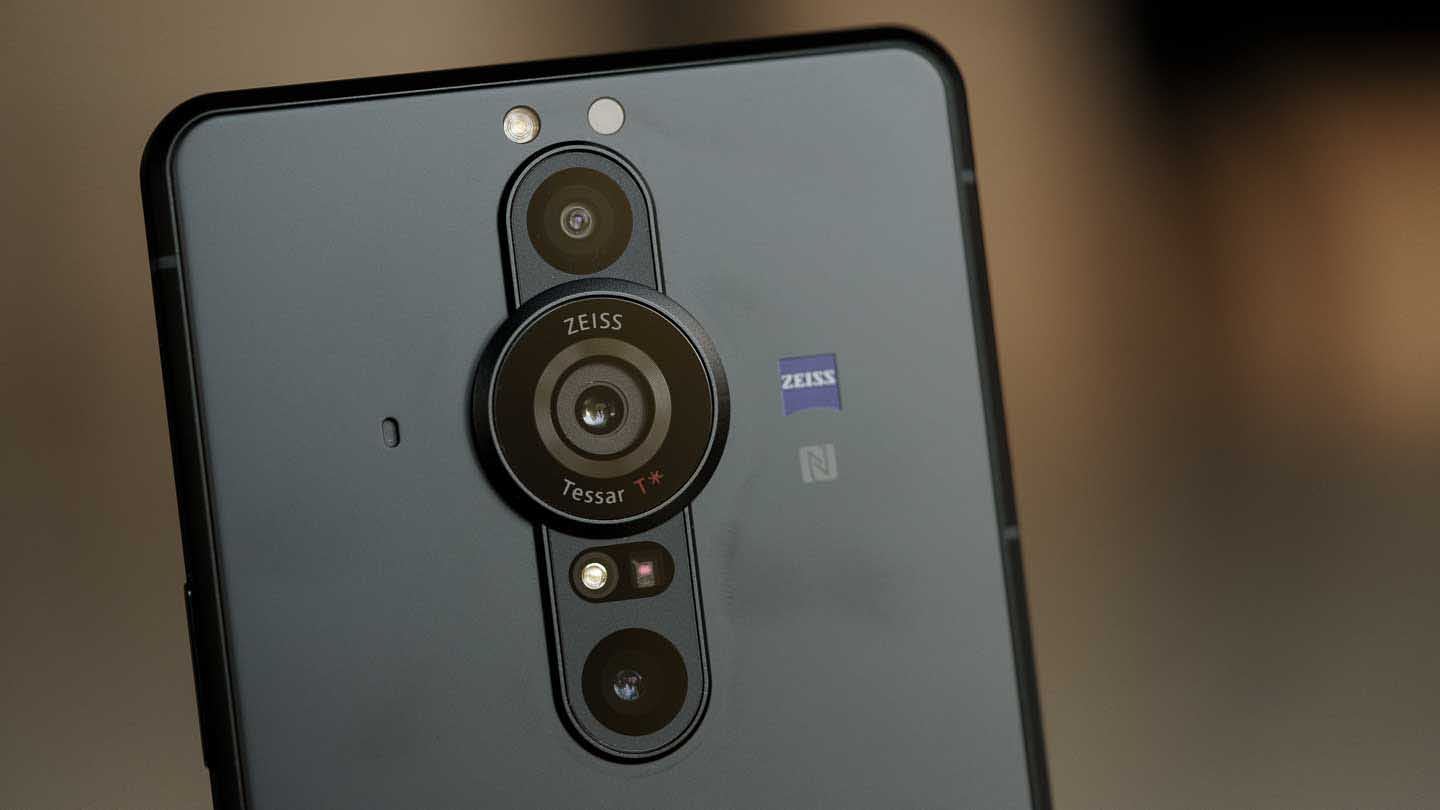
The Reviewer seems to regard shooting at 60 fps as useful only for smooth slowing down a movie. He does not consider the lower jitter or blurring when viewed at normal speed, and therefore does not comment on it.
Very interesting list. What about Canon gx10? You got phones, action cams and a drone, but no camcorders.
The GH5 price on the second hand market is awesome
I had it, but it`s a nightmare with that horror autofocus. I sold mine for a a6400 and now i miss so much that IBAS, but the bad autofocus and the 2x crop is keeping me away from MFT.
You left out the Panasonic G9, a very good camera for both video and stills, that shoots beautiful 4K/60p.
So having purchased the AR75 it seems to have an annoying issue in that it does not record audio when recording in 4K 50fps which is a bit of a limitation. Does the A74 record audio when doing 4K 50 or 60 it isn’t specifically mentioned in reviews but both models in their manuals say that the ability to switch recording audio off/on whilst available in normal mode is not available in s&q modes? Steve